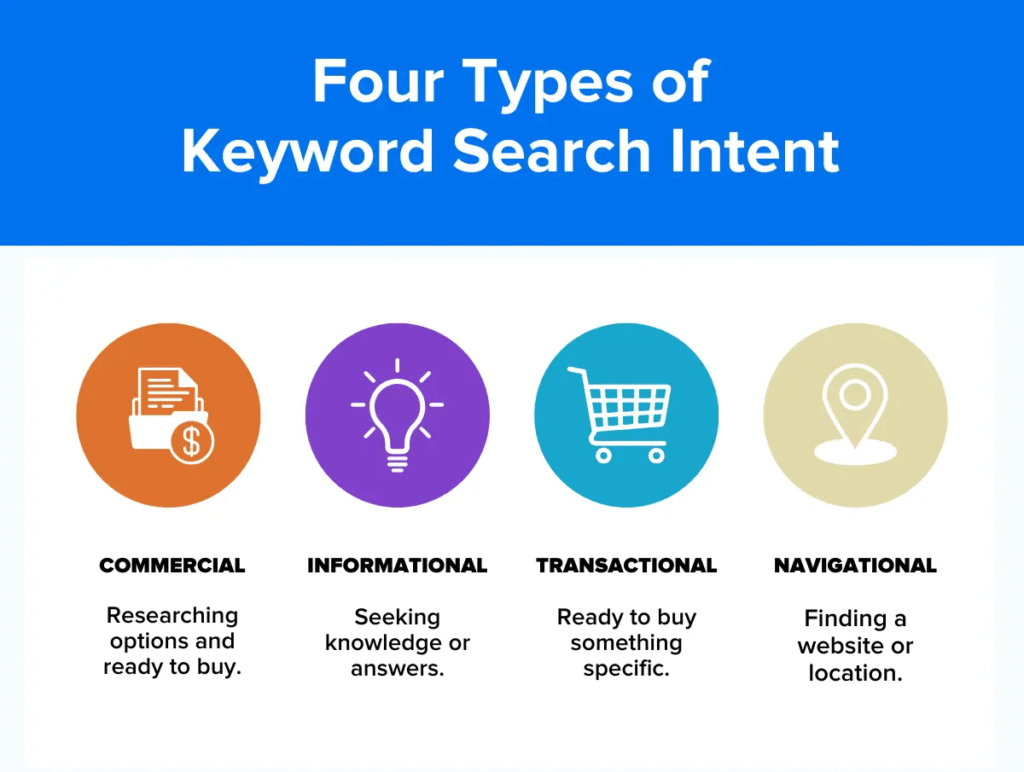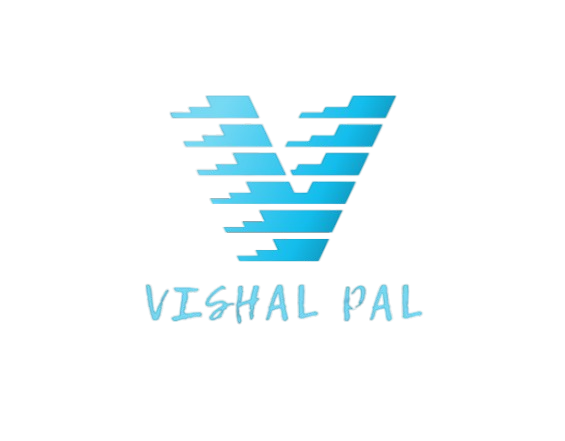Can people find you on Google?
The answer depends on one thing: keyword research
But let’s be honest. Most tutorials online are either too technical or too tool-heavy. This guide is different. It is for beginners who want a simple and smart way to do keyword research without confusion.
What is Keyword Research?
Keyword research means finding out what exact words people type into search engines like Google when they are searching for something.
It helps you:
- Get the right audience to your website
- Create content people are already looking for
- Show up on search results without spending on ads
Step 1: Think Like Your Audience
Instead of guessing what you want to rank for, try to think like a real person searching online.
Ask yourself:
- What would someone search if they needed your product, service, or information?
- What kind of questions would they ask?
For example, instead of “fitness tips”, real users may search:
- how to lose belly fat at home
- easy home workout without equipment
- best Indian diet to lose weight
These are the real keywords that matter.
Step 2: Use Free Sources to Find Keywords
You do not need any paid tools at the start. Here are a few free and easy ways to find what people are searching for:
Google Suggest
Start typing something in Google and check the suggestions that appear. These are actual search terms used by people.
People Also Ask
Scroll down and you will see a box with questions related to your topic. Each of these is a keyword idea.
YouTube Search
Type your topic and check what videos pop up. Titles and comments show real-world phrases.
AnswerThePublic
Type a word and see many related questions and ideas based on public searches.
Step 3: Understand Keyword Intent
Every keyword shows a different type of need or goal. These are some types of intent:
- Informational: when someone wants to learn something
Example: what is digital marketing - Transactional: when someone wants to buy or compare
Example: best laptop under 50000 - Navigational: when someone wants to go to a specific page or brand
Example: Canva login
Make sure your content matches the keyword type. If someone wants to learn, give them a helpful blog, not a product page.

Step 4: Start with Specific Keywords
Short keywords like “marketing” or “fitness” are hard to rank. Go for specific and clear ones.
These are called long tail keywords. They may get fewer searches, but they attract the right people.
Examples:
- digital marketing ideas for students
- free keyword tools for beginners
- travel tips for solo female travellers in India
These bring the right visitors who are more likely to stay, read, and take action.
Step 5: Use Keywords Naturally in Your Content
Once you have your keyword, use it smartly:
- Add it in your title
- Use it in the first paragraph
- Include it in your image description and page meta data
- Write naturally, do not force keywords where they do not fit
Good content written for humans will always perform better than content written just for search engines.
Final Thoughts
Keyword research is not about hacking Google. It is about understanding your audience and giving them what they are already searching for.
Start simple. Use your curiosity. Use Google like a research tool. And remember, it is better to target fewer people who care than everyone who scrolls.
Your keyword research journey starts the moment you open a browser and ask, “What would I search if I needed this?”



